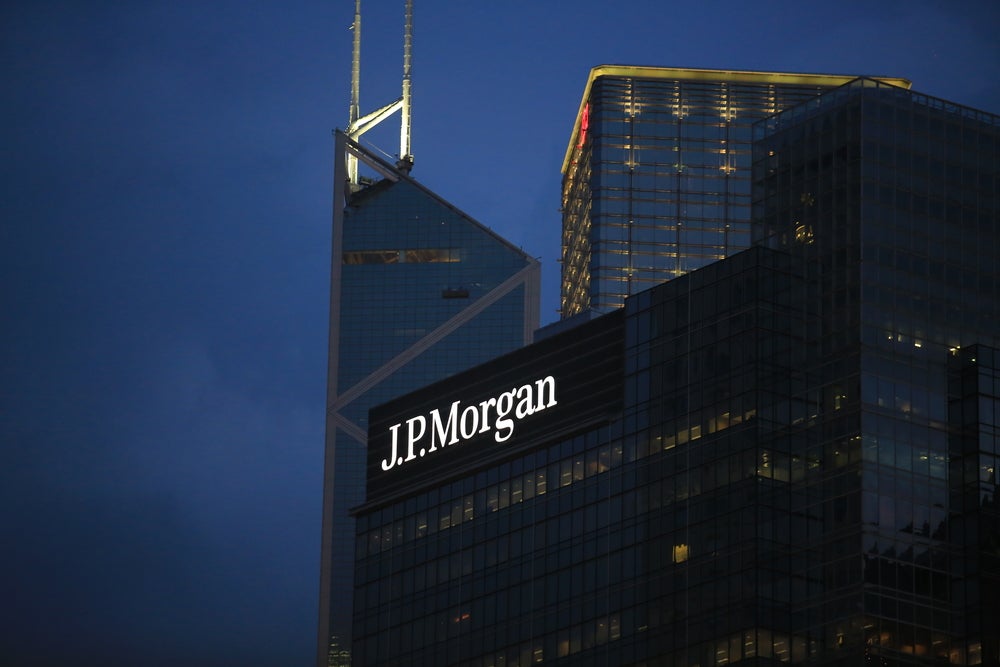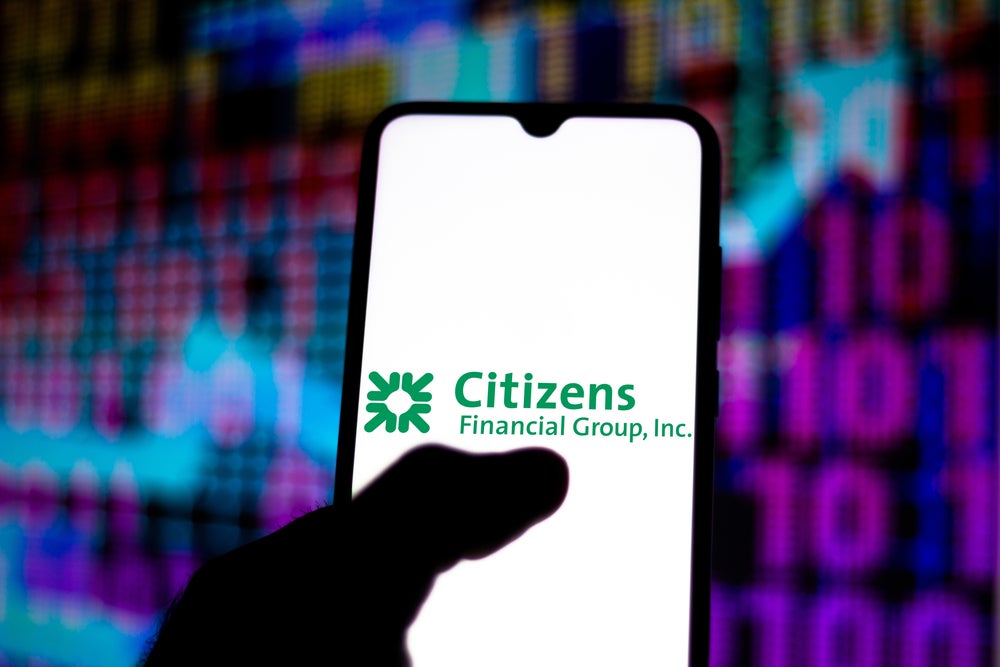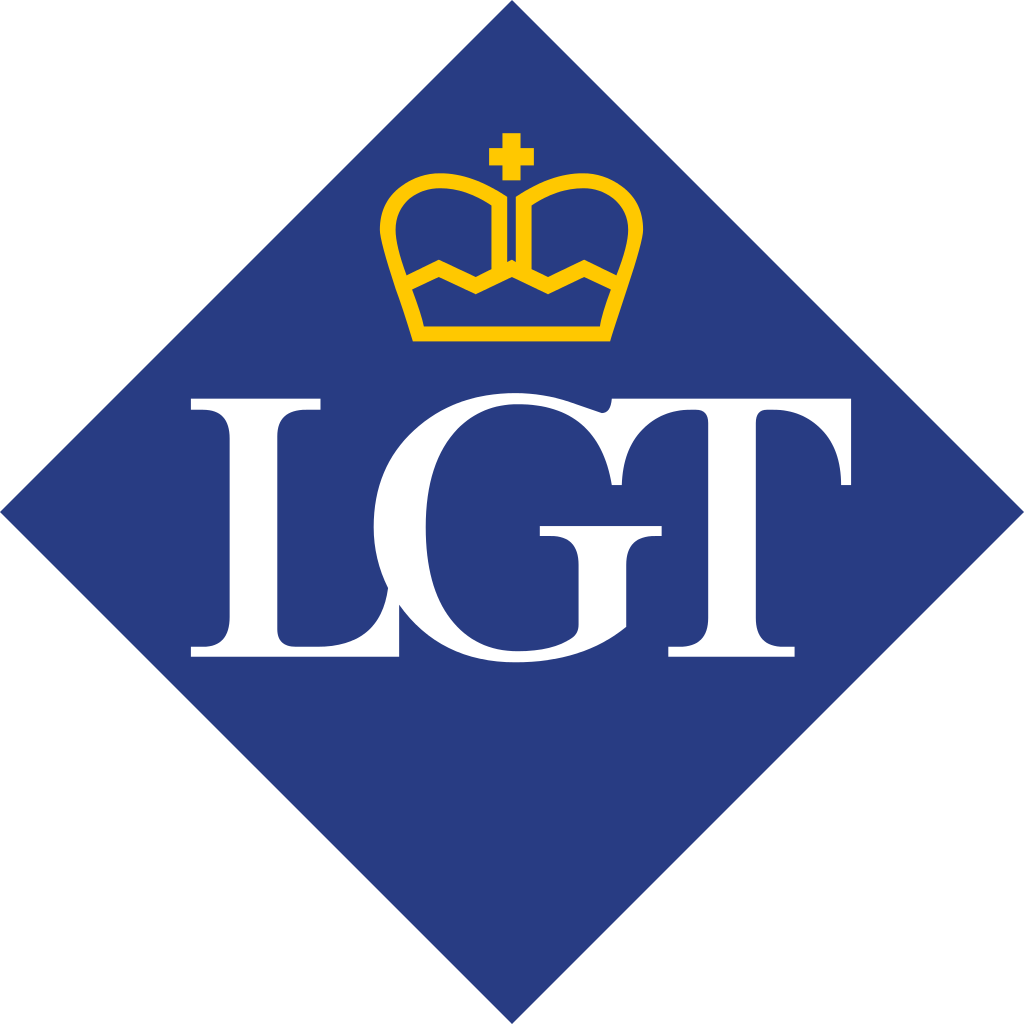Until a few months ago it was clear that wealth management in Europe was set for a raft of structural changes, driven by the changing face of clients, technology and regulation. However, that timeline has been shifted dramatically by COVID-19. Brian Charlick, principal consultant at CGI, writes
Use of digital technology has grown dramatically in this period, with new users across the age range.
This has proved to be a real benefit to all users, from getting groceries to banking and even sharing gifts. In the meantime, use of technology to communicate has grown, with the older generation that grew up with limited or even no technology getting to grips with the likes of digital videoconferencing. All this has meant that the challenge has moved forward from a few years out to now.
One challenge that has been around for some time, and has driven demand for digital technology, is regulation, with the Senior Managers Regime and certification already upon us. CCAR and BCBS have impacted on the capital to be employed and held.
On top of this, cybersecurity regulations and issues require significant work and development on the infrastructure. The challenge related to regulation can be seen in four distinct areas: investor protection, conduct, financial stability and transactions.
Investor protection requires full disclosure of costs, returns and benchmarks, enhanced product governance and controls, and added organisational requirements, including books of records. Conduct means ensuring that remuneration policy is aligned with the investors interests and are publicly disclosed.
How well do you really know your competitors?
Access the most comprehensive Company Profiles on the market, powered by GlobalData. Save hours of research. Gain competitive edge.

Thank you!
Your download email will arrive shortly
Not ready to buy yet? Download a free sample
We are confident about the unique quality of our Company Profiles. However, we want you to make the most beneficial decision for your business, so we offer a free sample that you can download by submitting the below form
By GlobalDataFinancial stability requires targeted prudential frameworks that set out required capital requirements, a detailed liquidity risk-management framework, as well as monitoring and reporting. Finally, transactions must now be transparent with costs identified individually, and must be on an approved exchange or trading venue.
Client profile
Use of technology by the elder, non-tech-savvy generation has grown enormously in the past few months as fear over technology and security dissipate.
However, it is estimated that around 30% of the current working population will look to retire in the next 10 years. Among these will be a swathe of the current wealth management clientele. This will include, no doubt, many of the Baby Boomer generation, born in the 1950s and 60s when the economies of the world were starting to accelerate. This generation has lived through that dramatic rise of the 60s, through the relative depression of the 70s that saw many structural changes in the world order, and through the new digital world.
This generation’s wealth has, in the main, grown immensely from that of their parents. However, this generation has been content with standard investments and funds, not challenging the need for a tailored offering; safety in numbers counted.
The next generation to take over the wealth investor mantle will be Generation Z: the tech-savvy generation who have known smartphones since nursery. They have grown up expecting innovation and tailored products. They will not want the old standard funds, nor will they want to take the advice of an adviser who is only interested in selling a fund or a small standard set of portfolios.
Climate change is also an area that is high on the list of younger investors, and indeed is already being incorporated within regulations. The desire to see investment in more environmentally friendly areas, enterprises and organisations will become more prevalent in the next few years. This requires wealth managers to hold information on these investments.
Gen Z will also look for transparency in investment advice and fees. This will require far greater information at the disposal of the adviser, not just data but information that can be used and deployed immediately.
This all means that wealth managers and advisers need to turn their way of thinking on its head. They need to start looking at the client and their life goals, and how we can facilitate that need rather than just looking at the investment options and determining which client to add to the fund.
Being client-centric needs to become the norm. The new investor will have goals and targets for investment and planning. Advisers need to start thinking in terms of these goals in conjunction with the client in real time.
The new investor will also want a tailored solution available quickly, not a standard offering in the post a week later.
This new focus will mean that clients will have a range of goals that they will want treated in different ways.
For example, a client may have plans for a new house in five years, a new car every three years, and children in 10 years. The portfolio framework for each will differ, although some may overlap. The client’s risk appetite for each may also vary. Much of the technology to support this change is already available.
We already have:
- Greater UI capabilities;
- Real-time capabilities;
- Greater automation;
- AI;
- Greater bandwidth;
- Scalability;
- Greater security;
- Platformisation and modulisation, and
- Flexible, agile development.
The vision is already possible. Indeed, use of the technologies set out above can enable wealth managers to start the move to a new digital world capable of not only meeting the needs of Gen Z now, but into the future







